Re: Todd Watts Cone-in-Barrel Flintlock Conversion
Actually, forge welding is accomplished at a white heat, sometimes called a "sparkling" heat - an almost liquid state. The two surfaces to be welded are brought up to heat and sprinkled with borax as a flux and then driven together by hammer blows quickly and forcefully delivered before the metal cools, otherwise there will be an imperfect weld.
Due to the precision of location required for the percussioning process, I doubt that the lump was added by welding, the upsetting of existing barrel metal would be far easier to do precisely and it could be done at a lower heat - far easier to control and there would be less machining or shaping to be done afterwards to bring the new lump to proper shape.
Originally posted by Curt-Heinrich Schmidt
View Post
Actually, forge welding is accomplished at a white heat, sometimes called a "sparkling" heat - an almost liquid state. The two surfaces to be welded are brought up to heat and sprinkled with borax as a flux and then driven together by hammer blows quickly and forcefully delivered before the metal cools, otherwise there will be an imperfect weld.
Due to the precision of location required for the percussioning process, I doubt that the lump was added by welding, the upsetting of existing barrel metal would be far easier to do precisely and it could be done at a lower heat - far easier to control and there would be less machining or shaping to be done afterwards to bring the new lump to proper shape.



 All I have to do for him in trade is be his personal gunsmith slave for life.
All I have to do for him in trade is be his personal gunsmith slave for life.
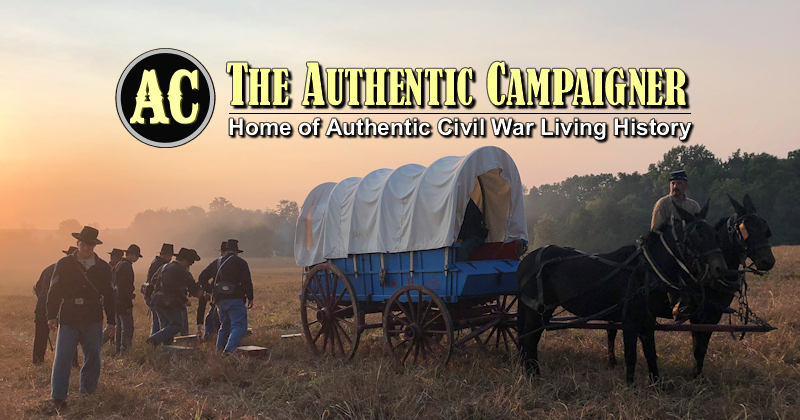
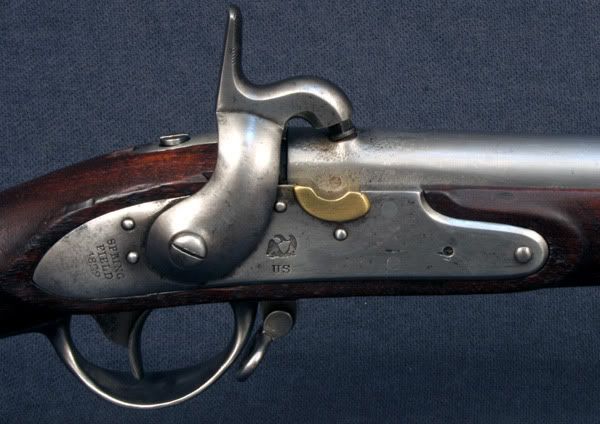

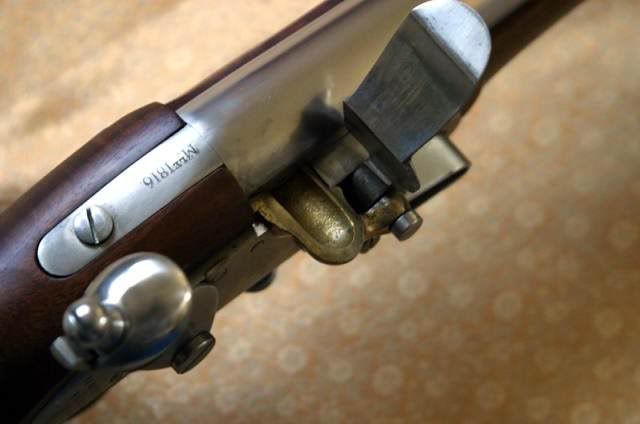
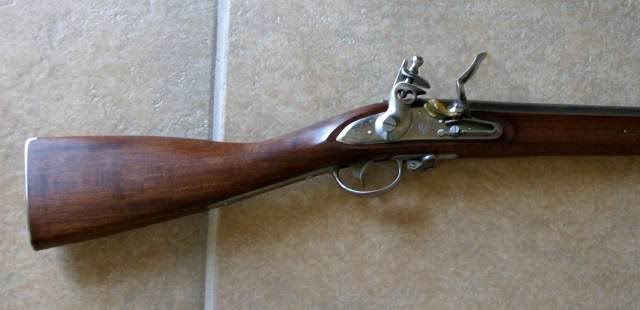

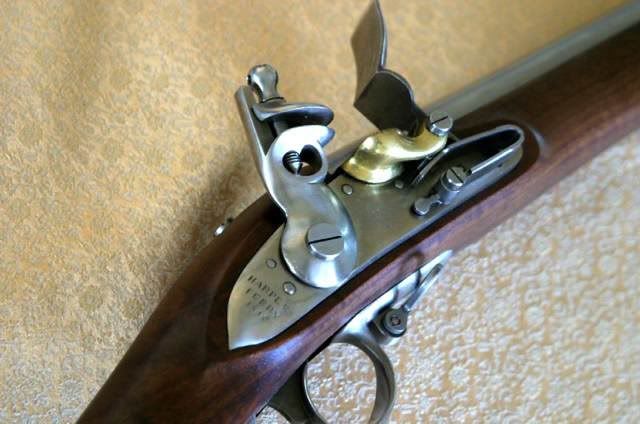
Comment